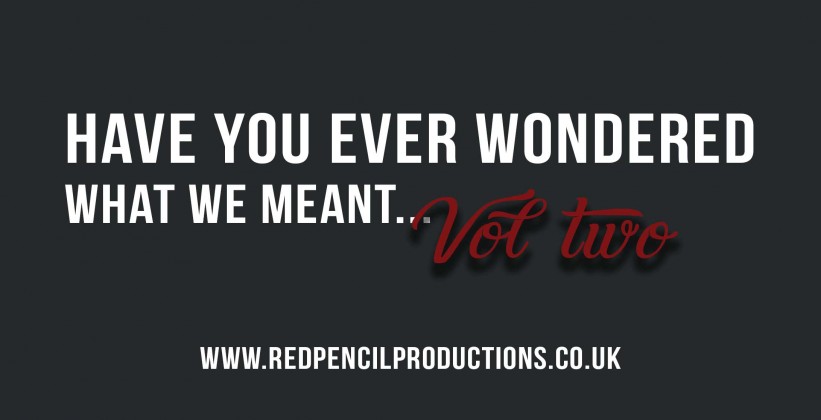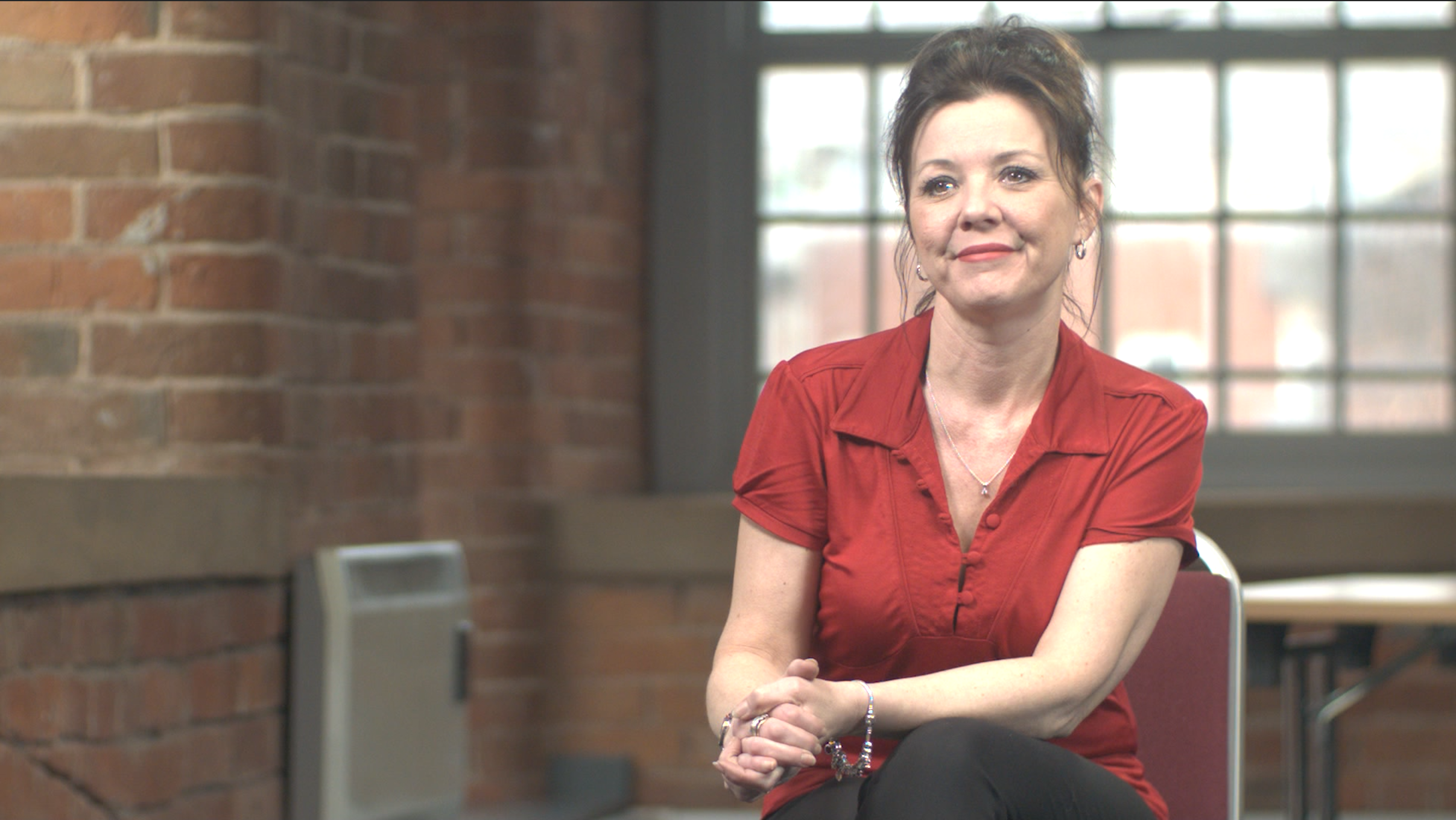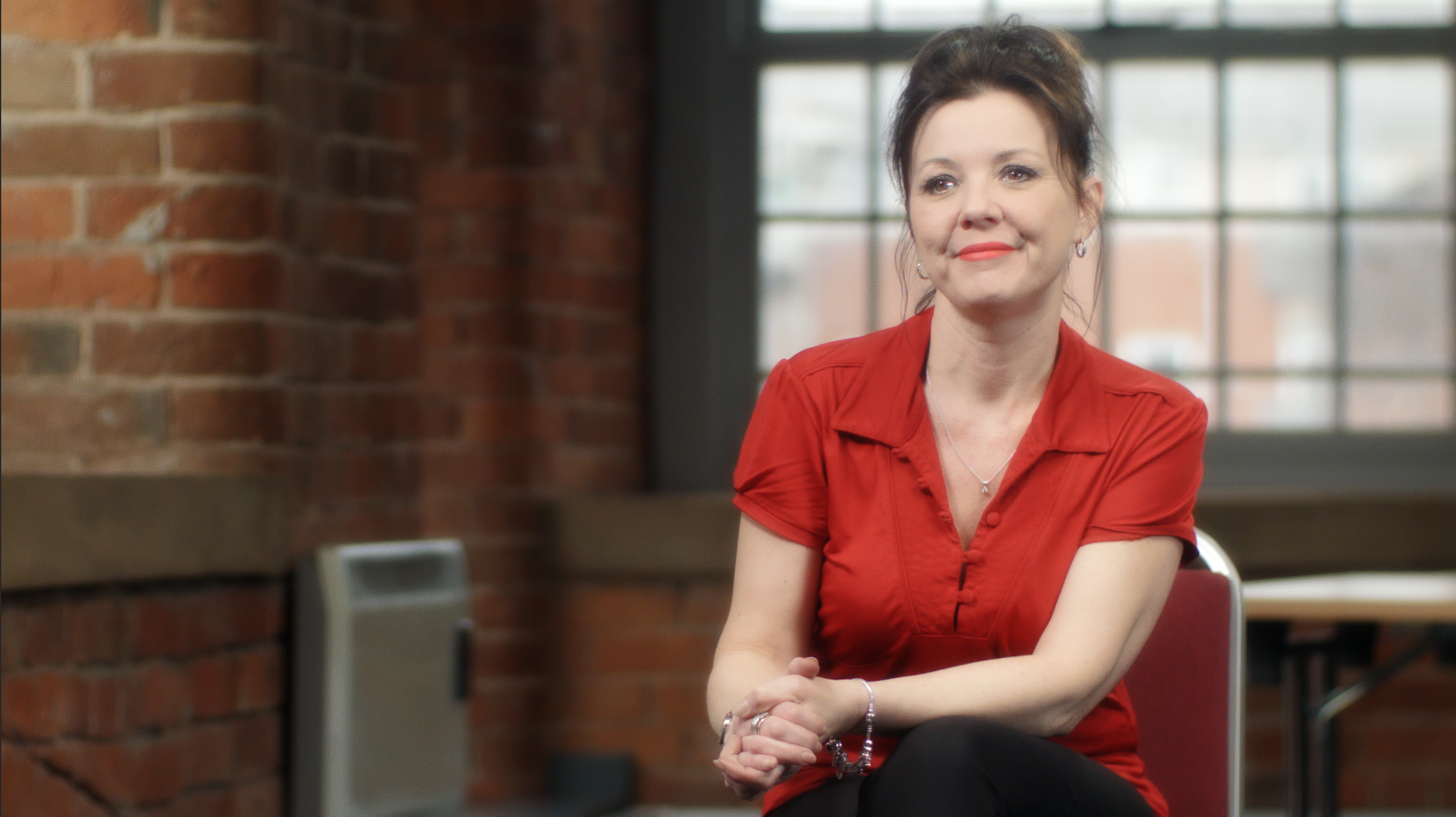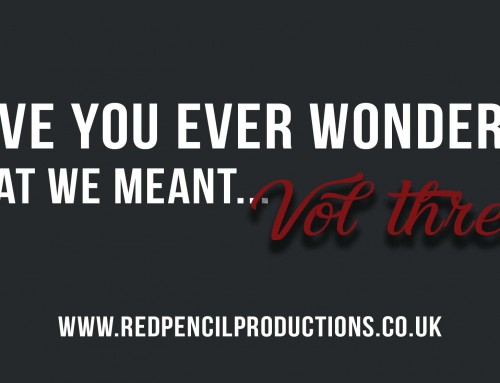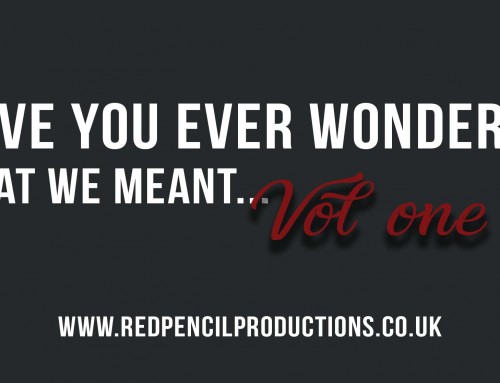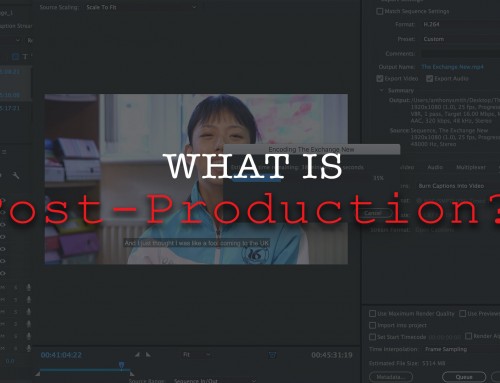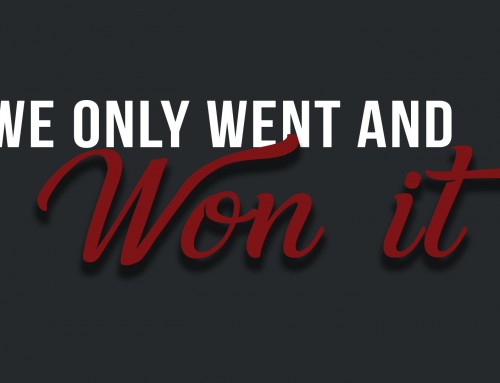CGI:
CGI stands for computer generated imagery. It is usually used to refer images that are designed to look like they were captured on the day of filming and can be to correct a mistake on the day or often to create something that doesn’t really exist. The first thing people think of nowadays in regards to CGI are giant alien spaceships and Godzilla style monsters, however there is a lot of CGI that goes unnoticed (which means it is doing it’s job well). David Fincher is renowned for making gritty films grounded in the real world, however he uses huge amounts of CGI that is almost impossible to stop i.e. he will often have a green screen outside a window so that he can control the background. The final thing to mention about CGI is that is is very expensive to produce.
Colour Grading:
Colour grading is an ever increasingly important aspect of film making. Modern cinema cameras capture huge amounts of colour and light information allowing huge amounts of creativity and control, however to do this they have to squash all of the information on the card meaning the image comes out with low contrast and dark, muddy colours. This is where colour grading really shines as the colourist can pull out the information within the image however they choose. It is in colour grading where we really help people look their best for corporate shoots and commercials i.e. if the hot lights have made someone a little red we can neutralise the skin tone, dull any shiny points on the skin etc.
(An example of how colour grading makes a huge difference to our subject and the aesthetics of the video)
Photoshop:
Photoshop is, as the name implies, a photo editing software and is rarely used in video other than creating the graphics that are layered on top. The common expression ‘you can photoshop it’, unfortunately does not apply to video as any such alterations often veer into CGI which is very expensive, this is why so much effort goes into perfectionism on the day. While we cannot photoshop shop people to make them look slimmer (not that we necessarily agree with such things) we do use specialist lighting, lens choices and colour techniques to make everyone in front of our camera their absolute best.
4K:
4K relates to the resolution of an image and is names this because it refers to the fact that there is around 4,000 pixels along the horizontal edge of the frame. Often high resolution is overhyped and while 4K does make for a great image and more creative options it absolutely is not the be all and end all of a good technical quality within an image. 4K gives you good creative options as it is twice as big as a normal 2K image, this means that you can artificially zoom in on any part of the image by 2x without having to export less than normal HD. There is a while host of other reasons 4K can bring a better image such as chroma subsampling an d perceived clarity. At a certain level, however, the pixels become so small that the human eye cannot make them out, this means that once you get higher than 4K many of the benefits are nominal and other than the ability to digitally zoom more the higher resolution becomes a much smaller advantage relative to other aspects of the camera.
This is a early digitally focused look on specific jargon within commercial film production, next week we will look at some more production terms to help you better understand what filmmakers are talking about.
If you have any terms you would like explained then get in touch and we will feature them in this series.

